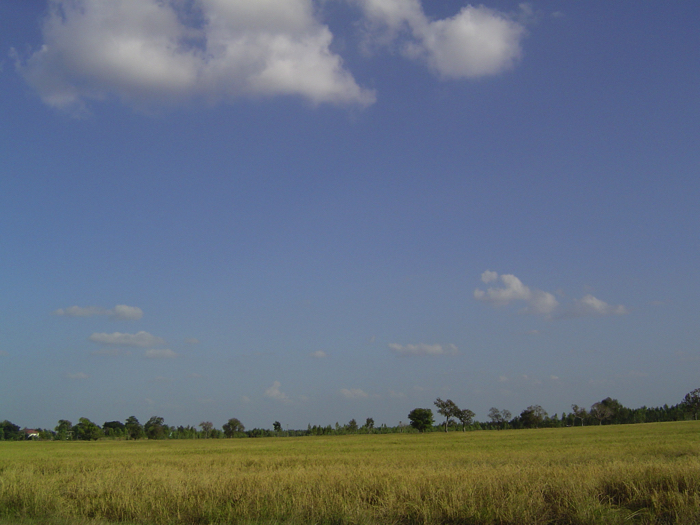- Project Leader : Miyata Toshiyuki (Tokyo University of Foreign Studies, Graduate School of Global Studies)
- Collaborators : Pannee Bualek (Chandrakasem Rajabhat University, Research and Development Institute)
- : Ratana Tosakul (Tokyo University of Foreign Studies, Center for Global Languages and Societies in Higher Education)
- : Supunnee Pladsrichuay (Chandrakasem Rajabhat University, Faculty of Humanities and Social Sciences)
- : Kobayashi Satoru (Kyoto University, Center for Southeast Asian Studies)
Outline of Research
This research examines new developments in the rice economy of Mainland Southeast Asia by focusing on the cultivation and commercialization of Japonica and fragrant Jasmine rice in Thailand, specifically in the Chao Phraya and Moon river delta basins. Cultivation of Japonica and fragrant Jasmine rice is expanding in Thailand in tandem with the higher prices they can garner in the market. It can be said that rice cultivation is transforming from focusing on quantity to focusing on quality. The research will analyze the roles of the major actors in this dynamic production and commercialization process.
Purpose of Research
Rice prices in Thailand have remained sluggish since 2014, when rice support policies, which were launched under the Yingluk government in 2011, ended. Within this context, the cultivation and commercialization of Japonica and fragrant Jasmine rice has been expanding and the two types are traded at high prices, demonstrating a conversion from quantity to quality in rice cultivation. This research examines this phenomenon, specifically of Japonica rice in Nakhonsawan province of the Chao Phraya river basin in the Central region of Thailand and of fragrant Jasmine rice in Roiet province of the Moon river basin in the Northeast region. It focuses on the process of the procurement of seed, cultivation, milling, and distribution.
Significance of research
Domestic and foreign demand for Japonica and fragrant Jasmine rice from Thailand have increased due to rising incomes in emerging Asian countries as well as developed countries. The Thai rice economy has traditionally been characterized by high yields traded at low prices. The cultivation of Japonica and fragrant Jasmine rice, however, is characterized by low yields traded at high prices, demonstrating a conversion from quantity to quality. Although a large number of studies have been conducted on the Thai rice economy, little attention has been given to this trend. This empirical research will clarify the dynamic changes unfolding in the Thai rice economy.
Expected results
The transformation of rice cultivation from quantity to quality in Thailand has precipitated changes to farmers’ lives as well as to agricultural cooperatives and rice millers. The research will elucidate the positive aspects as well as risks and problems associated with these changes. This analysis will contribute to a better understanding not only for Thai actors, but also for regional rice economies that may also undergo similar transformations. Moreover, this project will contribute to strengthening the international research network of Japan and Thailand to comprehensively study the dynamic development of the Southeast Asian rice economy.


